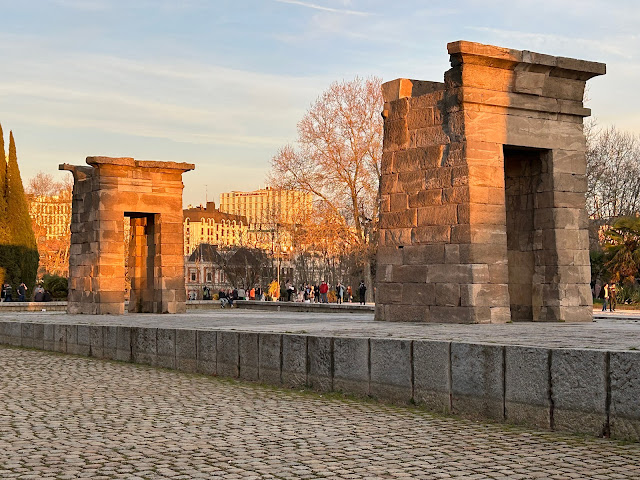The old Juderia, or Jewish quarter, was established in the middle ages after Sevilla's conquest by King Ferdinand III who then concentrated its Jewish inhabitants here. In 1492, after Spain was completely conquered after Granada fell, the Alhambra decree expelled all Jews from Spain.
This courtyard with all the orange trees was the parade grounds for the military, first Moors then Spanish. The Moors introduced these orange trees to Spain for shad since the leaves always stay on the tree. The oranges are the marmalade type so must be cooked before eating.
This passage was one of the only ways into the Juderia as it was at first locked for self protection and eventually for Spanish authorities to keep Jews inside.
On the left is the wall supporting the aqueduct that once brought water into the Alcazar. The street is named after it, Agua.
In the Barrio there are many houses with courtyards where the inhabitants are proud of their gardens inside. Several keep a door open, with a barred gate, to show it off to passers by and allow for cool airflow.
Every once in a while there are small open areas where you can find a little eatery or shop or both.
There are many items that were part of the older Roman era that have been repurposed like this column and cap.
This is one of the narrowest lanes in the Barrio.
There are a few of these large open areas where you can find locals and tourists alike enjoying an evening of food, drink, and conversation.
Made for the 1929 exhibition, this tile map of the region was done after the Barrio has a fixup.
Tile work also is present in the seating and detail work of this open area with orange trees.


























































